Art & Exhibitions
Tour Expo Milan 2015 in Pictures From Around the Internet
Art and architecture from 145 countries comes to Italy, and it looks fantastic.
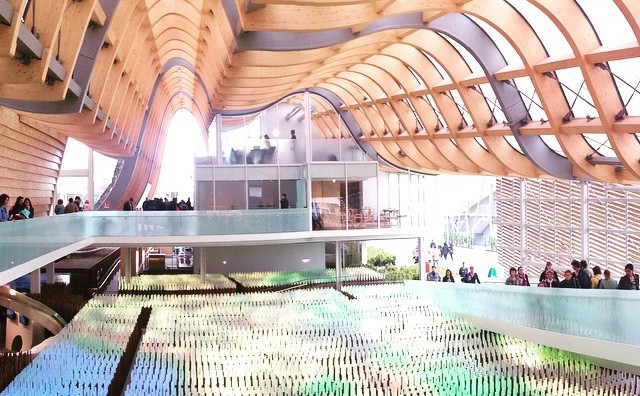
Art and architecture from 145 countries comes to Italy, and it looks fantastic.

Sarah Cascone

Expo Milan 2015 opened on May 1, bringing an impressive slate of Instagram-worthy architecture, art, and other exhibitions to Italy. With 145 countries participating, 54 of them with national pavilions, almost all portions of the globe are represented at the event.
Despite delayed construction that went down to the wire and violent protests (see reports from Hyperallergic and the Art Newspaper), the opening went off as planned. Controversy aside, the response on social media has been a steady stream of gorgeous images of the imaginative buildings and artistic displays.
Among the exhibitions we’re dying to see are Vo Trong Nghia’s striking structure at the Vietnamese pavilion, in which conical bamboo planters emerge from a reflective pool of water, and an ingenious tribute to American agricultural history in the form of a vertical farm at the US pavilion. Designed by architect James Biber, the farm’s crops will be harvested each day for the duration of the Expo.
In the wake of April’s devastating earthquake, Nepal made a last minute addition to its pavilion with a giant collage of photographs documenting the aftermath of the disaster.
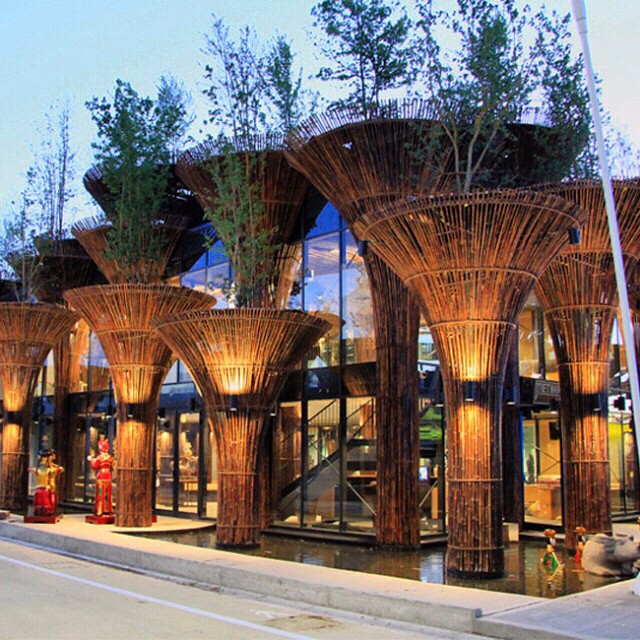
The Vietnamese pavilion at Expo Milan.
Photo: Design Boom, via Instagram.
There’s also an amazing inflatable lotus flower made by the artist Choi Jeong Hwa at the Textifood exhibition at the French pavilion, and a specially themed “Arts and Foods” section curated by Italy’s Germano Celant, who coined the term Arte Povera. The show includes work by Andy Warhol, Claes Oldenburg, and Tom Wesselmann.
Particularly striking the fancy of Instagram users is Wolfgang Buttress’s glowing bee hive, the UK pavilion, that mimics the sounds and vibrations of a real bee colony.
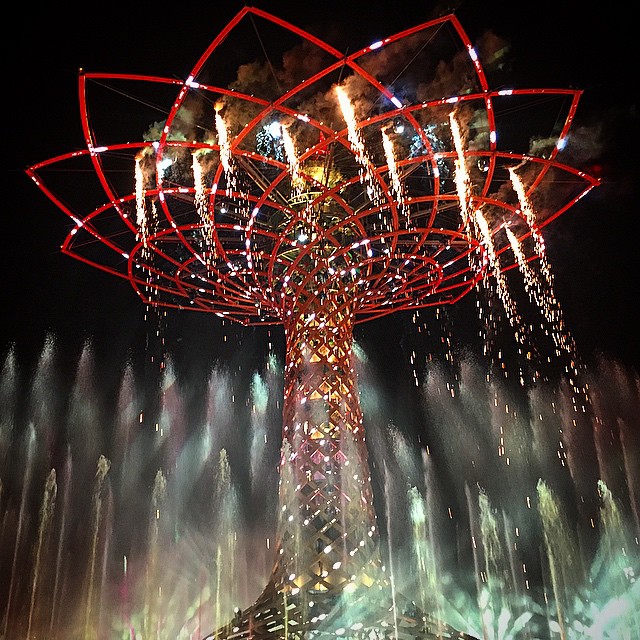
The Tree of Life by Orgoglio Brescia, the symbol of the Italian Pavilion at Expo Milano.
Photo: mino.93, via Instagram.
But the event’s centerpiece and symbol is undeniably the massive, illuminated Tree of Life, rising from the arena lake surrounded by dramatic fountains. The structure is designed by Marco Balich, and built by Orgoglio Brescia, a consortium of local businesses.
Finally, just outside the event, not to be missed is one of Milan’s most iconic sights: the wedding cake–like Duomo di Milano, which has been undergoing renovation and restoration in anticipation of Expo.
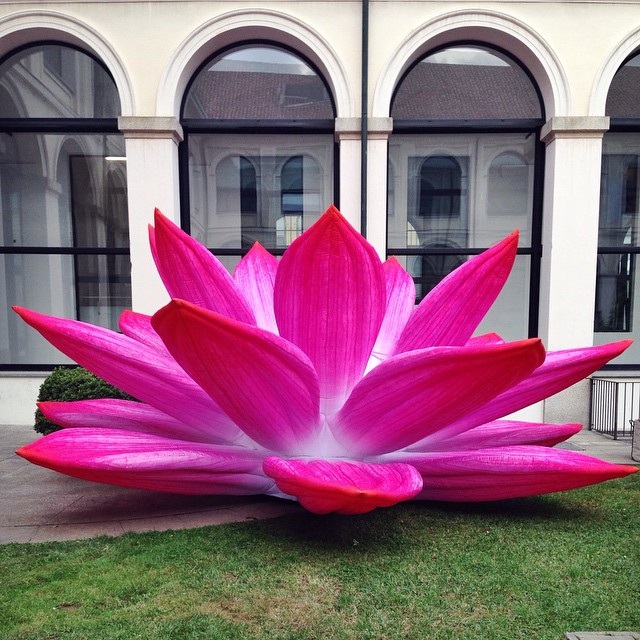
An inflatable lotus flower by Choi Jeong Hwa, in the Textifood exhibition at the French Pavilion at Expo Milan.
Photo: franceexpo2015, via Instagram.
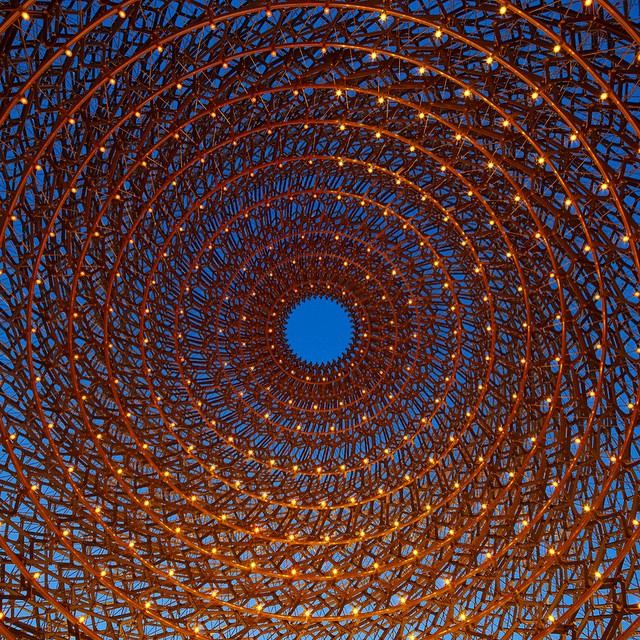
The UK pavilion at Expo Milan.
Photo: designartmagazine, via Instagram.

The US pavilion at Expo Milan features a vertical farm.
Photo: xyfang, via Instagram.
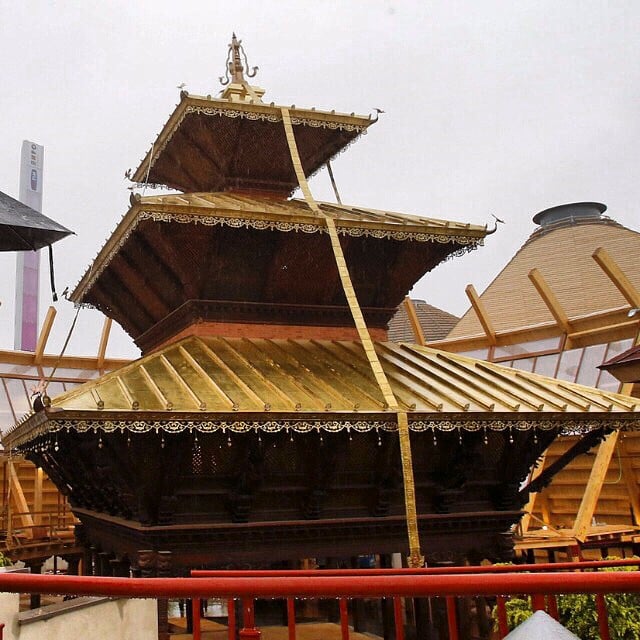
The Nepali pavilion at Expo Milan.
Photo: Design Boom, via Instagram.
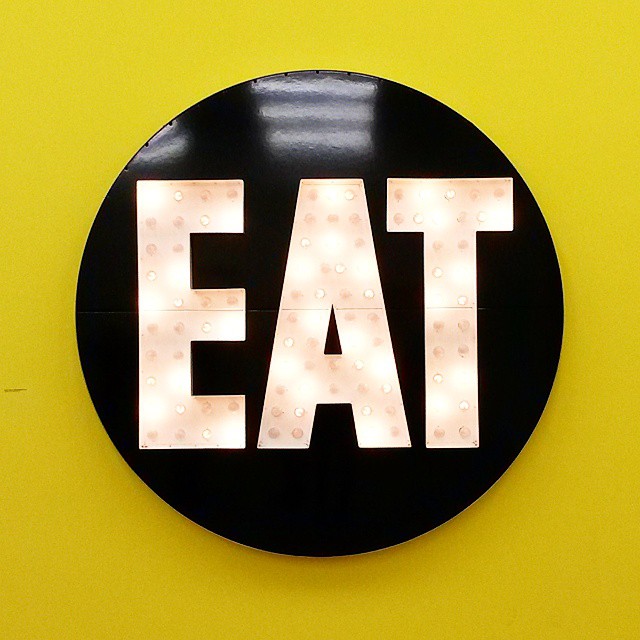
A piece in “Arts and Food” at Expo Milan.
Photo: canali_s, via Instagram.
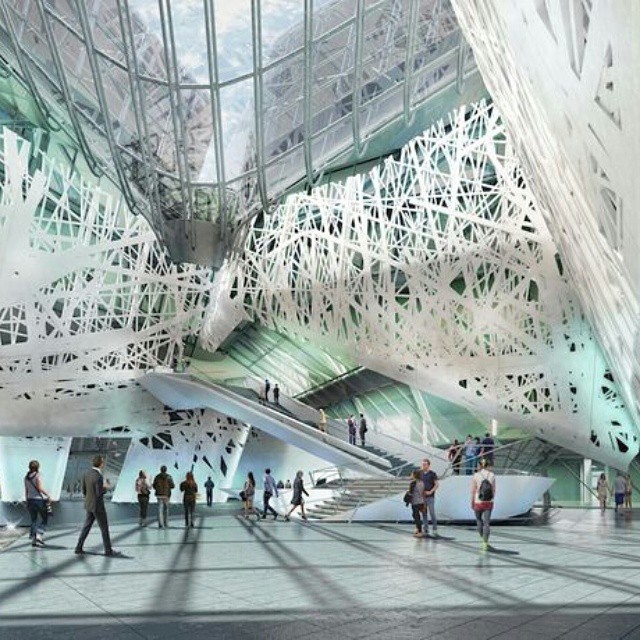
The Italian Pavilion at Expo Milan.
Photo: jinger_ginger, via Instagram.
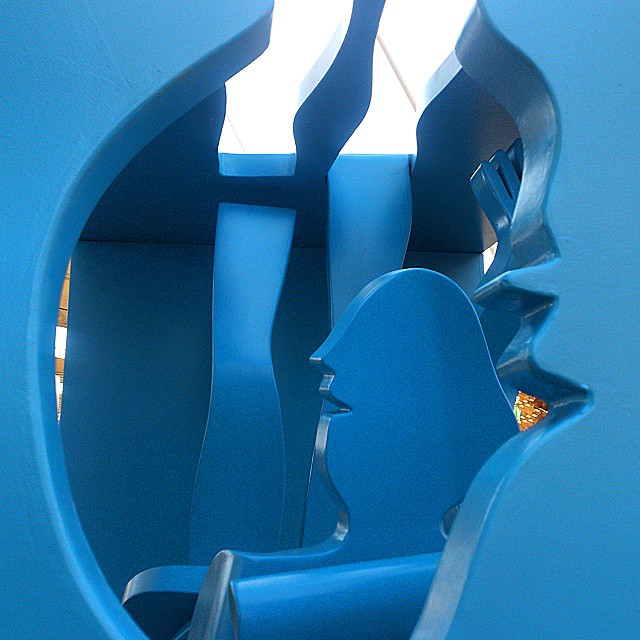
Jozef Jankovič, Tentativo di incontrarsi III, at Expo Milan.
Photo: artexpo2015, via Instagram.
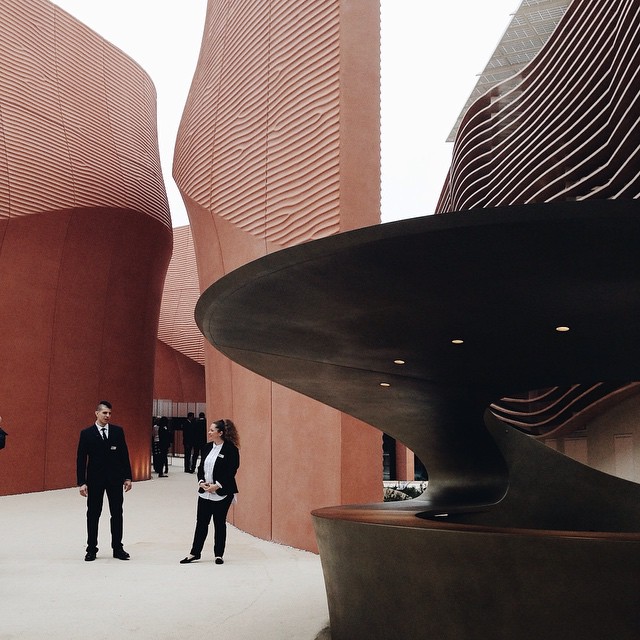
Pavilions at Expo Milan.
Photo: tatifontes, via Instagram.
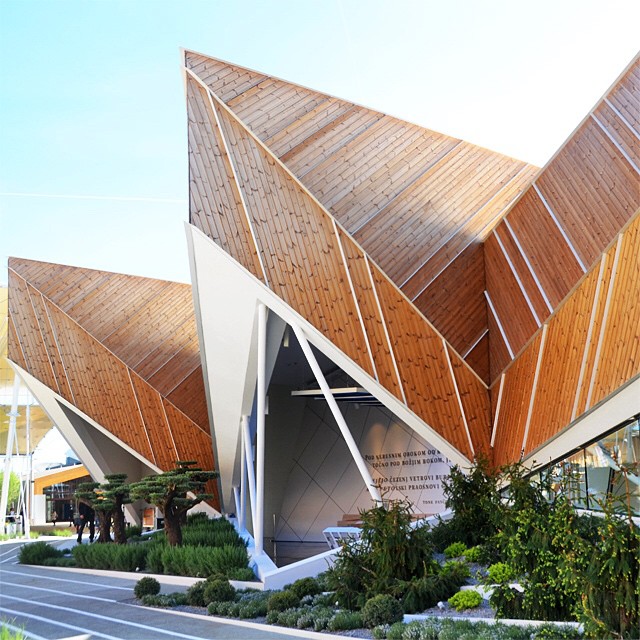
The Slovenian pavilion at Expo Milan.
Photo: Design Boom, via Instagram.
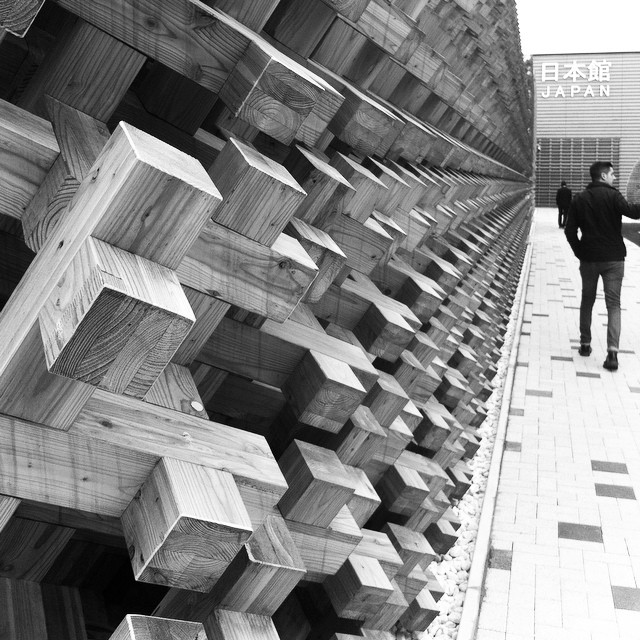
The Japanese pavilion at Expo Milan.
Photo: area_zero, via Instagram.
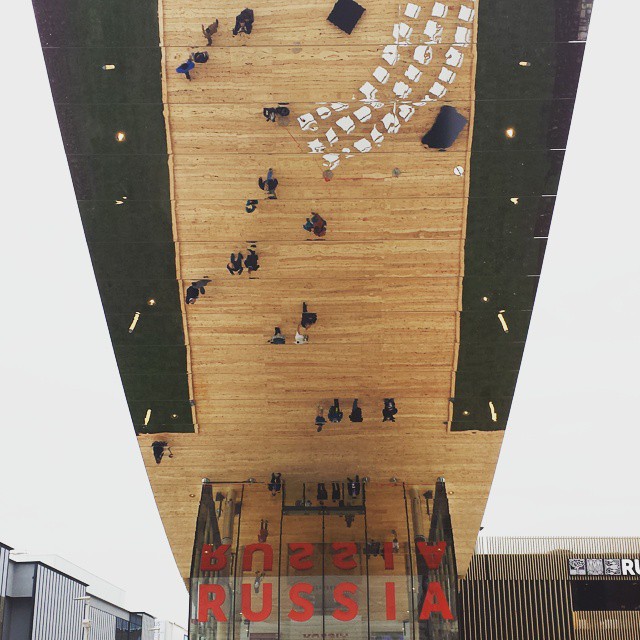
The Russian pavilion at Expo Milan.
Photo: lajal82, via Instagram.
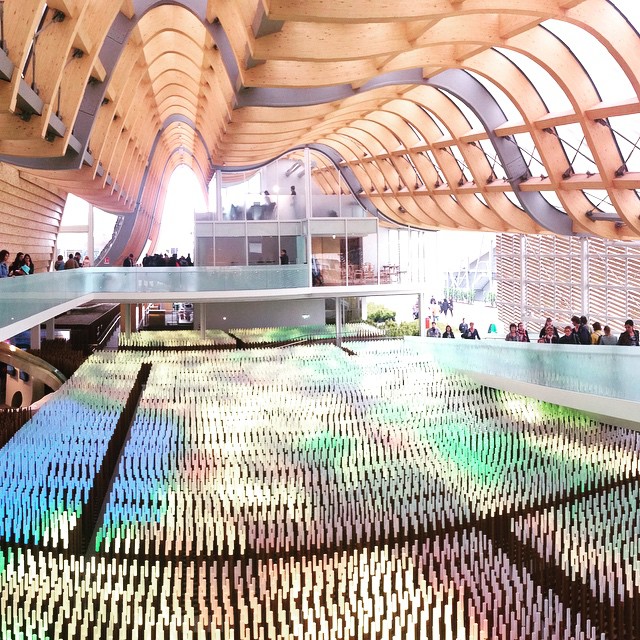
The Chinese pavilion at Expo Milan.
Photo: trommel_ohr, via Instagram.
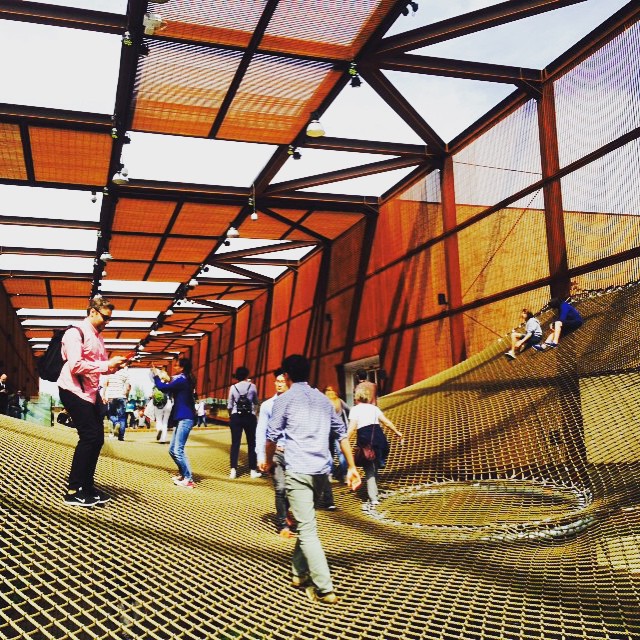
The Brazilian pavilion at Expo Milan.
Photo: haeinkik, via Instagram.
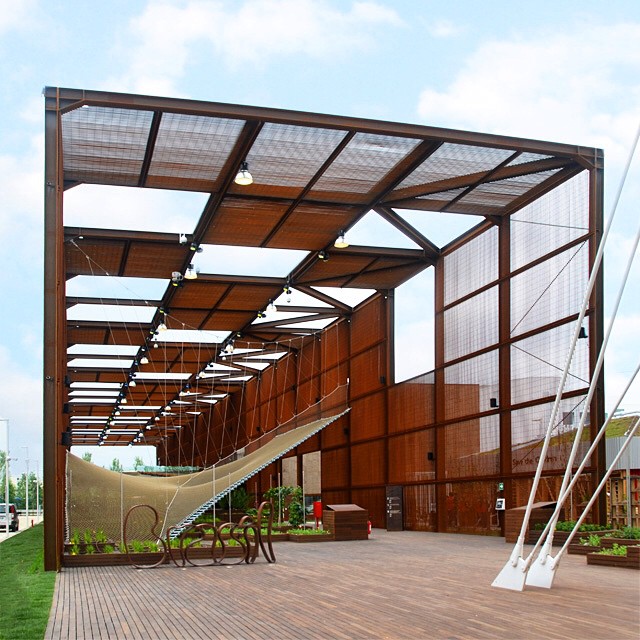
The Brazilian pavilion at Expo Milan.
Photo: Design Boom, via Instagram.

The Japanese pavilion at Expo Milan.
Photo: Design Boom, via Instagram.
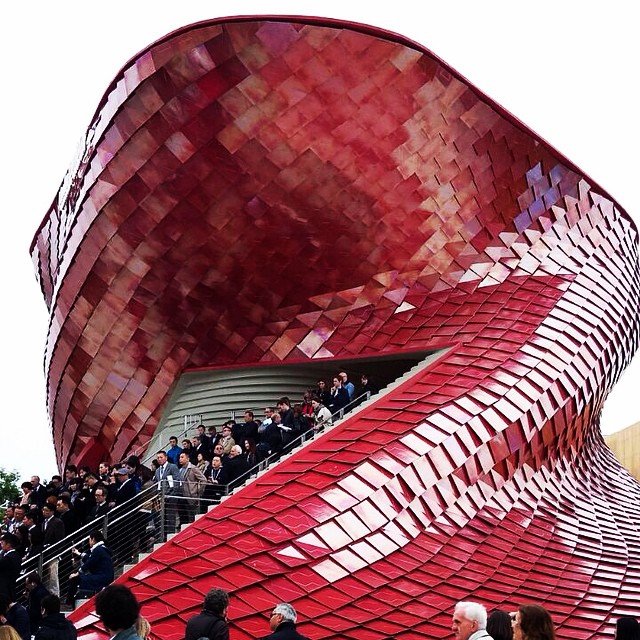
The Vanke pavilion at Expo Milan. Presented by the Chinese real estate company of the same name, the Vanke pavilion is one of five corporate pavilions at the event.
Photo: arketipogam, via Instagram.
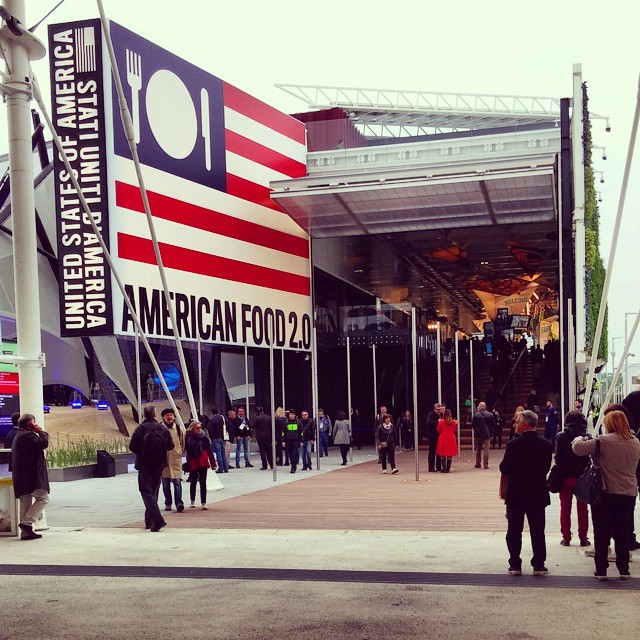
The US pavilion at Expo Milan.
Photo: aleksanderborg, via Instagram.
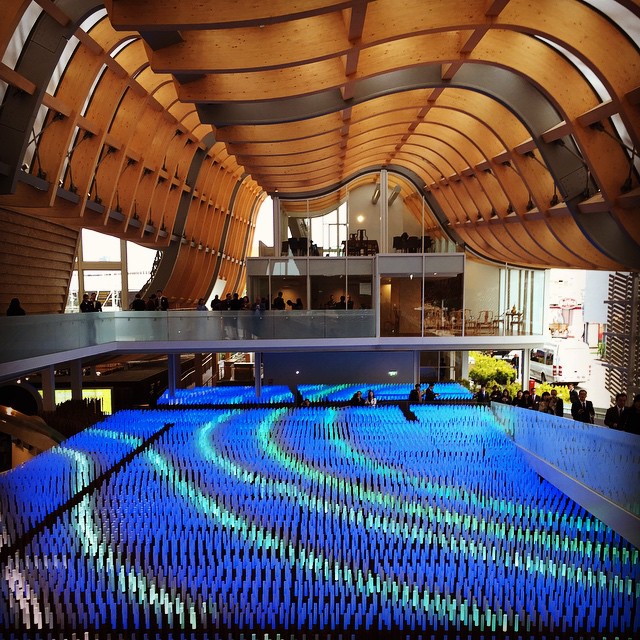
The Chinese pavilion at Expo Milan.
Photo: yiyihan123, via Instagram.
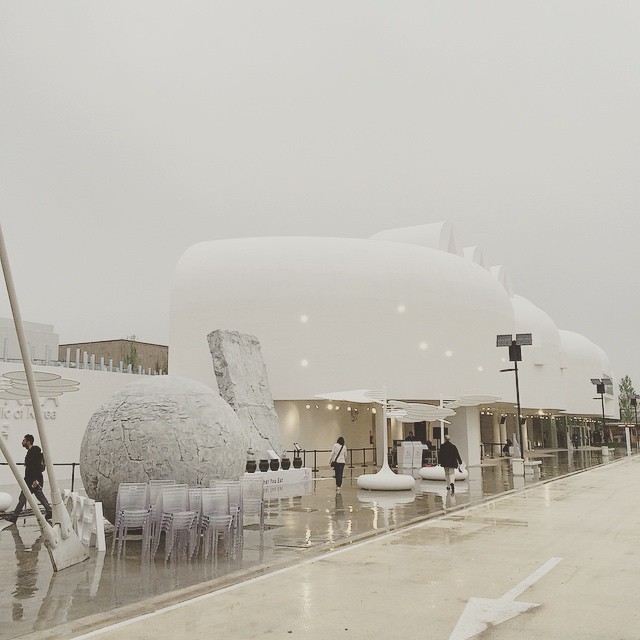
The Korean pavilion at Expo Milan.
Photo: luke_l_l, via Instagram.
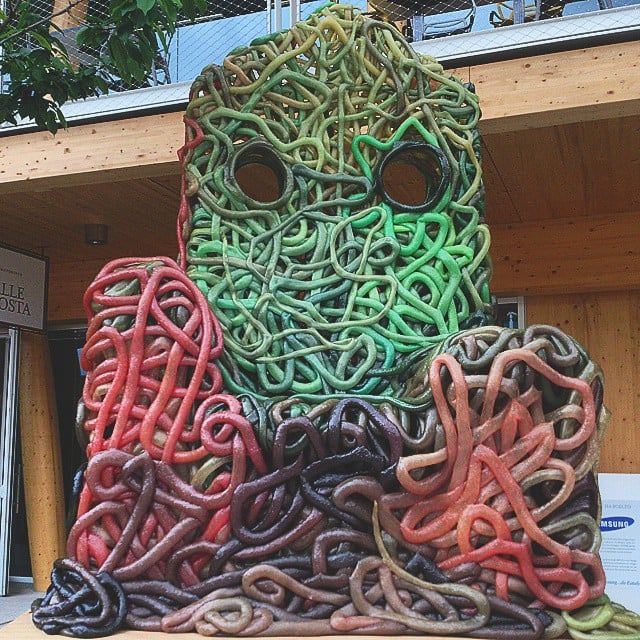
Gaetano Pesce, Senzafine Unica, at Expo Milan.
Photo: artexpo2015, via Instagram.
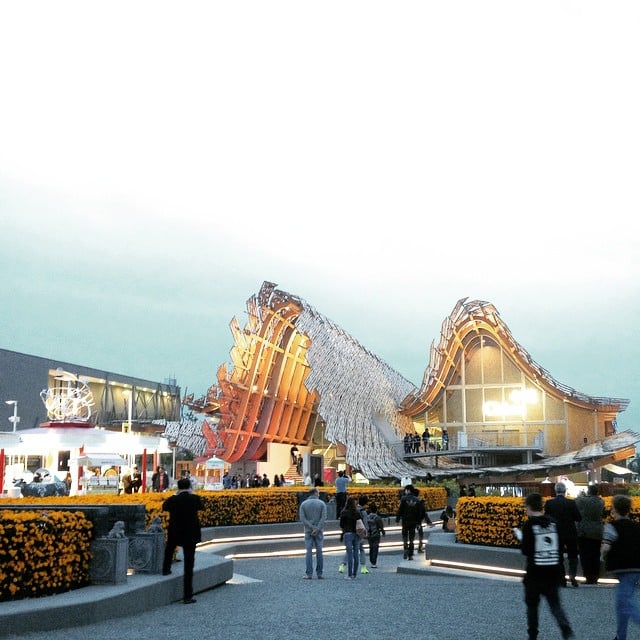
The Chinese pavilion at Expo Milan.
Photo: athenaism, via Instagram.
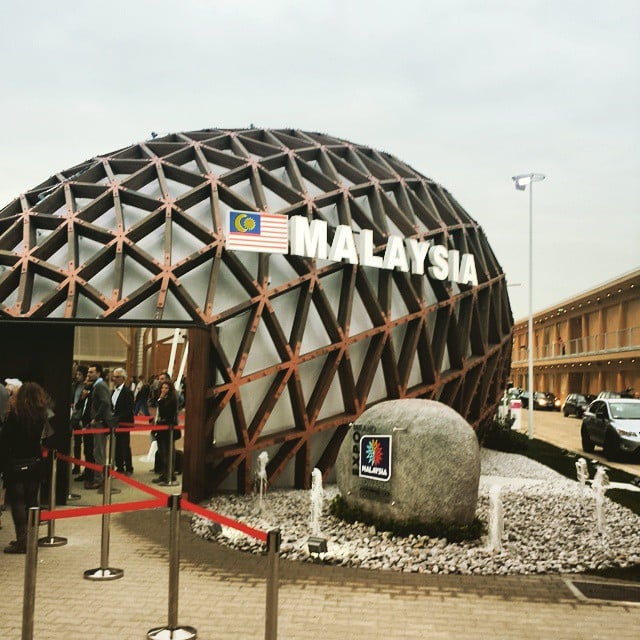
The Malaysian pavilion at Expo Milan.
Photo: rosariopipolo, via Instagram.

The UK pavilion at Expo Milan.
Photo: nadiaafragola, via Instagram.
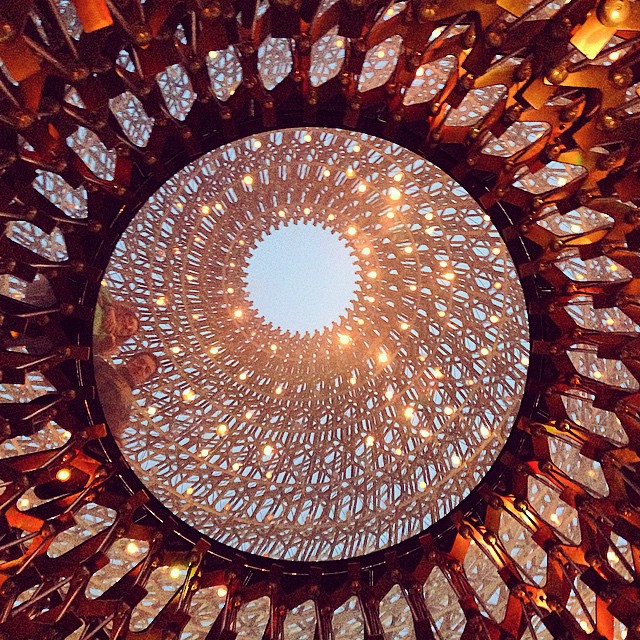
The UK pavilion at Expo Milan.
Photo: francyuau, via Instagram.
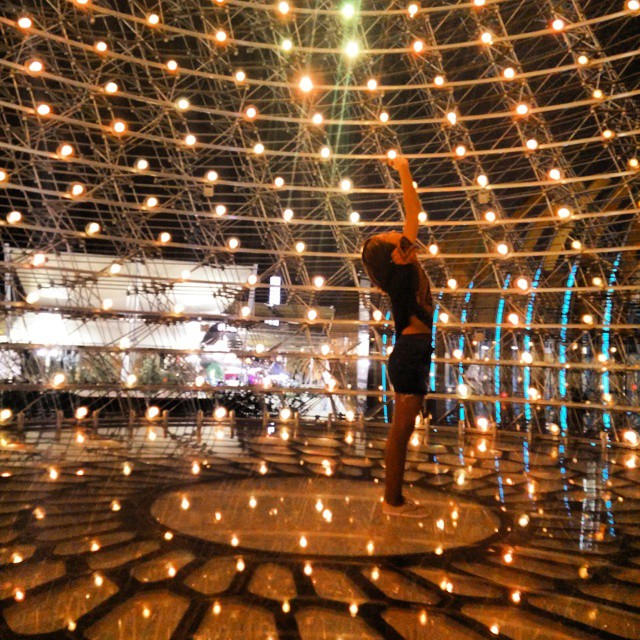
The UK pavilion at Expo Milan.
Photo: cima_dsgn, via Instagram.

Filippo Dobrilla, David e Giona, at Expo Milan.
Photo: artexpo2015, via Instagram.

The UK pavilion at Expo Milan.
Photo: kcarbe, via Instagram.
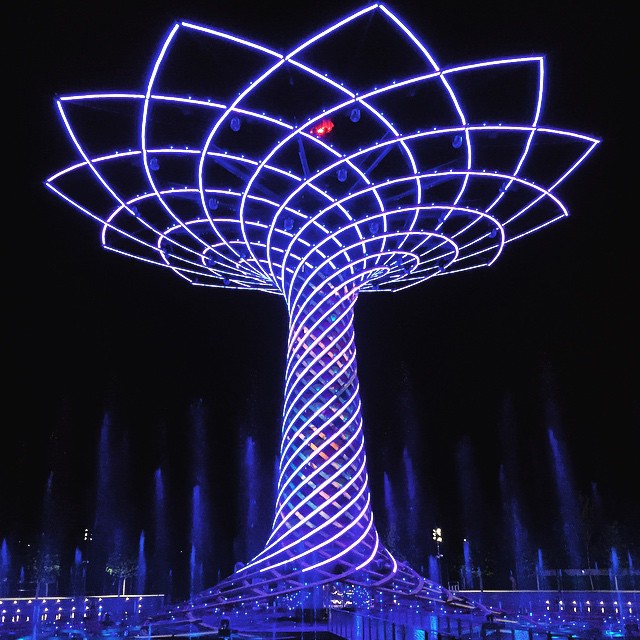
The Tree of Life by Orgoglio Brescia, the symbol of the Italian Pavilion at Expo Milano.
Photo: peepingtom75, via Instagram.
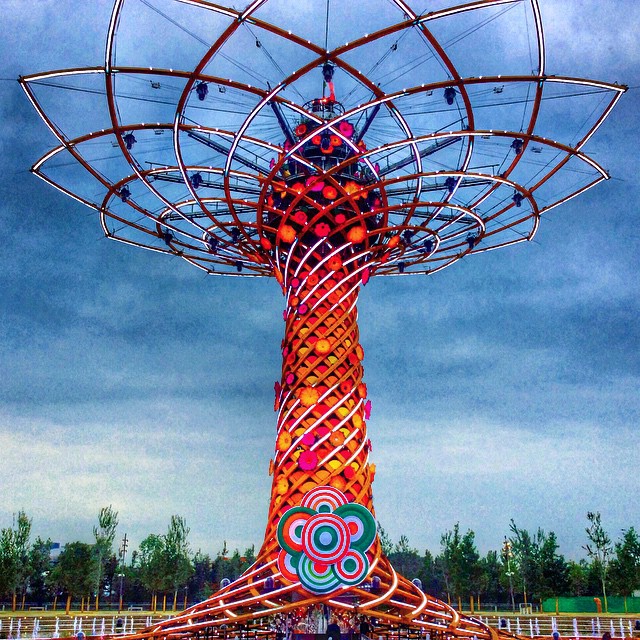
The Tree of Life by Orgoglio Brescia, the symbol of the Italian Pavilion at Expo Milano.
Photo: danielaferrero, via Instagram.